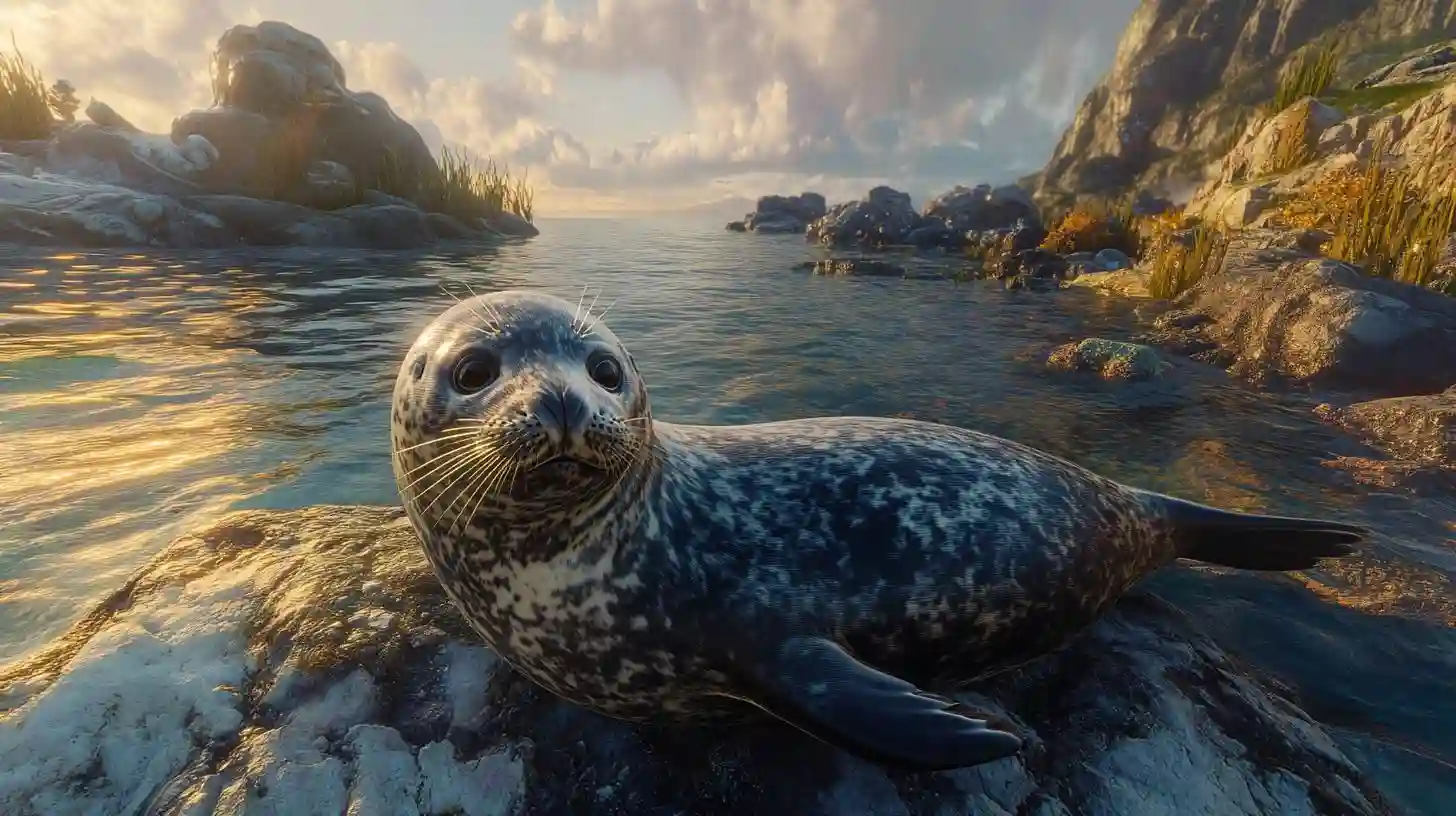
Across the world, coastal shores are witnessing a remarkable transformation as seal populations begin to flourish once more. This resurgence can be attributed to a combination of conservation efforts, habitat restoration, and changing oceanic conditions. Once wary and diminished by human impacts, seals are gradually reclaiming their rightful place along coastlines, providing a fascinating spectacle that captivates nature enthusiasts and casual observers alike.
Historically, seal populations have faced significant threats from hunting, habitat destruction, and environmental pollution. Over several decades, these pressures led to dramatic declines in seal numbers across various regions, leading to a concerning trend that many feared would result in the extinction of certain species. However, successive conservation measures instituted by environmental organizations and governments have created a more favorable environment for seals to thrive. The establishment of marine protected areas, coupled with stricter regulations on hunting and fishing practices, has allowed these pinnipeds to gradually recover their numbers.
In recent years, the marine ecosystem has shown signs of vitality as seals have started to adapt to cleaner waters and more abundant food sources. Rising awareness among local communities regarding the importance of preserving marine biodiversity has contributed significantly to this turnaround. Local fishermen have begun to embrace sustainable practices that not only protect seal populations but also enhance the health of fish stocks that are crucial for both species. Collaborative efforts between scientists, environmentalists, and local stakeholders have proven essential in this revitalization.
Seals are exceptional indicators of marine health, and their resurgence reflects broader ecological improvements. As they make their way back to coastal areas, they bring with them stories of resilience and adaptation. Beachgoers and travelers are often surprised to find themselves sharing their sandy shores with these playful marine mammals, who have become increasingly visible in places once devoid of their presence. Observing seals basking in the sun or frolicking in the waves has ignited a renewed fascination with marine wildlife among people of all ages, sparking interest in nature conservation and marine science.
Different species of seals have begun to inhabit a variety of coastal environments. Harbors and rocky shorelines once deemed barren are now vibrant spots of activity, with seals engaging in social behaviors, nursing their young, and foraging for food. Their presence serves not only as a reminder of nature's ability to bounce back but also highlights the interconnectedness of ecosystems and the importance of maintaining biodiversity. The return of seals is a boon for marine tourism, with wildlife enthusiasts flocking to witness the rejuvenation of these charismatic creatures in their natural habitats. This excitement has yielded economic benefits for local communities as well, supporting businesses that offer eco-tours and sea excursions.
The overall increase in seal populations has also led to some unexpected challenges. As seals establish more prominent colonies, they can sometimes conflict with fisheries and other coastal activities. While most fishermen recognize the ecological importance of seals, navigating the balance between human interests and wildlife conservation remains a nuanced issue. Engaging in dialogue and fostering understanding among different stakeholders is crucial, ensuring that both seals and coastal communities can coexist sustainably.
Climate change, while posing a constant threat to marine life, has led to shifting habitats for seals as they follow the changes in prey availability and water temperatures. This movement brings new opportunities but also challenges, as some regions have become more favorable for seals than others. Scientists are closely monitoring these patterns to develop adaptive management strategies that allow for the continued recovery of seal populations while safeguarding their future against the backdrop of a changing climate.
Public interest in seals has surged, with many advocating for ongoing protections and greater awareness of marine conservation issues. Educational programs and community initiatives aimed at preserving coastal ecosystems have gained traction, inspiring younger generations to become stewards of the environment. The power of storytelling around the seals’ comeback has drawn people into a narrative that promotes respect for wildlife and active participation in conservation efforts.
As seals continue to thrive along coastal shores previously dominated by their absence, their comeback stands as a testament to the potential for recovery in the natural world. The synergy between human action and environmental restoration demonstrates that with dedication, collaboration, and respect for nature, it is indeed possible to reverse the daunting trends of decline that have plagued so much of wildlife. Seals have reaffirmed not only the resilience of marine life but the hope that lies in collective efforts to protect and cherish the planet we share. The laughter of children spotting seals on the beach side by side with the waves of the ocean represents a harmonious future where humanity and wildlife can coexist.